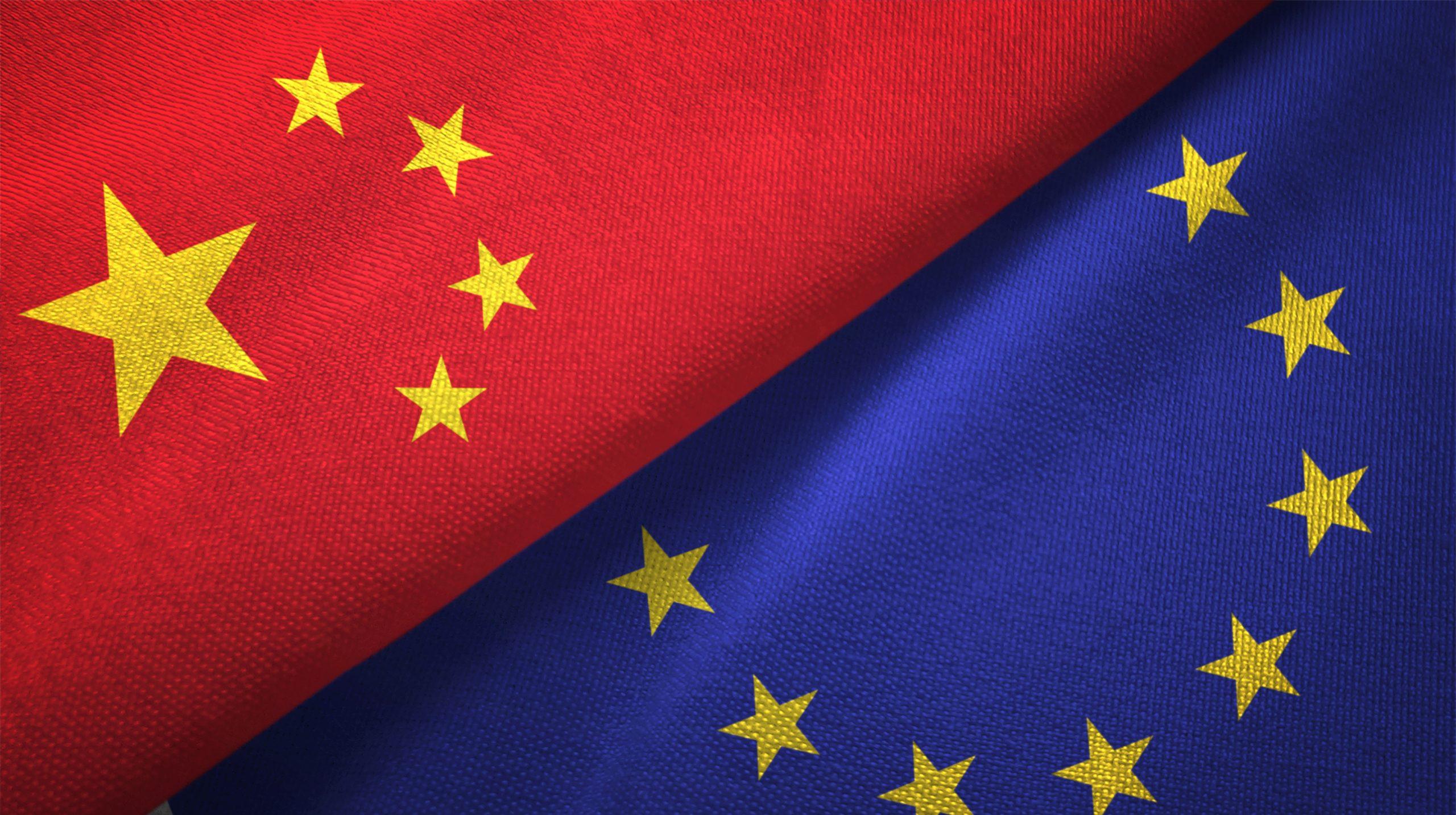Can the European Union facilitate a more stable and prosperous Indo-Pacific? Brussels believes so. Josep Borrell, high representative of the EU for foreign affairs, says the EU intends to counter the deteriorating regional security environment with cooperative multilateralist approaches.
But this belief is misplaced. The cooperative measures proposed by Brussels cannot redress the deteriorating environment, and the options for fostering viable multilateralism all exceed the EU’s capabilities. Correspondingly, without an effective and autonomous path forward, Brussels should throw its weight behind the like-minded initiative led by the US to build a free and open Indo-Pacific.
Intensifying Sino-US rivalry has largely driven the deterioration of the Indo-Pacific security environment. China’s meteoric rise not only emboldened a revisionist Beijing but also eroded the longstanding cornerstone of Indo-Pacific stability, US regional primacy. Since neither Beijing nor Washington have incentives to give way, their struggle for regional mastery has been marked by ever-increasing levels of assertiveness and pushback. The ongoing deterioration has even hardened many secondary powers against meaningful cooperation, with Australia, Japan, South Korea, and the Philippines all recently adopting more adverse policies towards China.
Rather than ameliorating these tensions, EU plans for Indo-Pacific cooperation predominantly target lesser powers, such as Pacific island countries, and lower political issues, such as green transitions. Taking this approach inherently precludes Brussels from realizing its stated aim, but in the current geopolitical climate, exploiting low-hanging opportunities is about all that cooperative multilateralist approaches can hope to achieve.
Theoretically, if the EU wished to foster viable multilateralism, there are three ways in which it could rewrite the rules of Indo-Pacific politics to do so. First, it could impose new rules by leveraging its material dominance—much like how European colonial powers displaced China’s waning influence in East Asia during the mid-1800s. Second, it could institutionalise new rules by forming a preponderant coalition, like the EU in postwar Europe. Third, it could cultivate informal rules by outlining guidelines in a similar style to the principle of non-interference that characterises relations among members of the Association of South East Asian Nations.
None of these options are within the reach of Brussels, however. The EU doesn’t enjoy the material dominance needed to impose multilateralism on the Indo-Pacific. Despite recent increases, its defense budget remains a paltry $3 billion, equivalent to Myanmar’s. Moreover, Brussels has no military wherewithal of its own, and recent proposals for forming an EU army died on arrival. The EU’s greatest asset, its single market, also falls comparatively short against China and the US—ranking third both in size and expected long-term growth.
Nor can the EU draw the necessary strength from its members. Common foreign and defense policy requires unanimous consent, and that is rarely available for Indo-Pacific operations. Members have approved only two actions on the region’s periphery against non-state threats to global shipping. Moreover, the members currently remain focused on European security, and those with the capacity for extra-regional operations, such as France and Germany, have sent only smaller deployments to the Indo-Pacific.
Brussels also lacks the influence to bring together a preponderant multilateralist coalition. Neither Washington nor Beijing has the incentive to join an EU-led bloc that advocates for constraining its interests, and they already have their own security ties in the region. For instance, China and Russia enjoy a ‘no limits partnership’, while Australia, Japan and South Korea regard their alliances with the US as the cornerstones of their defence strategies.
The EU does have a strategic partnership with ASEAN, but that group’s members have little weight in the region, accounting for just 15.9% of the Indo-Pacific population and 10.4% of the regional GDP. Moreover, these states generally abide by the geopolitical mantra of ‘don’t make us choose’—to the extent that seven of the 10 ASEAN members maintain security ties with both China and the US.
Neither can Brussels leverage its economic heft for diplomatic gain. The EU has a smaller share of regional imports and exports than China or the US. It’s also less valuable as a trading partner for most of the Indo-Pacific states (including six of the 10 largest regional economies).
Lastly, there is too much at stake for the US and China in the Indo-Pacific for the EU to introduce effective multilateralism. Both the US and China are uncompromising in their quest to be the dominant influence in the region and in their strategies over key matters such as Taiwan, and will cooperate only on less sensitive issues, such as climate change.
Despite the confidence of Brussels, the EU cannot provide a multilateralist alternative for stabilizing the Indo-Pacific: it doesn’t have a plausible strategy for ameliorating the core tensions; and it is too weak and peripheral to instil multilateralist rules within the region. Instead, Brussels should back the US’s initiative to build a free and open Indo-Pacific, which espouses similar rules-based preferences to the EU’s own Indo-Pacific strategy.


